TOP 8 - BRANDS 2018
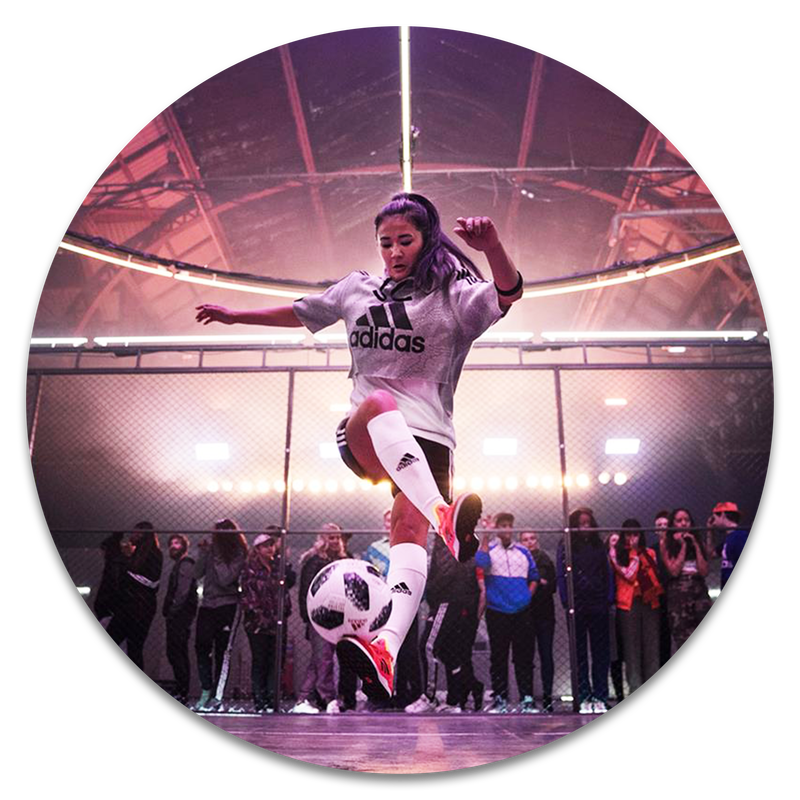
ADIDAS
According to Adidas, “diversity isn’t a box to check, it’s our secret formula for inventing the future of sport”.
This ideology has been evident in Adidas’ recent global campaigns, ‘Calling all Creators’ and ‘See Creativity’. Both campaigns feature, celebrate and empower diverse voices by championing the message that one must look beyond gender, colour, and background to appreciate creativity. Celebrities and models of various ethnicities and races are depicted as role models providing valuable representation in the sports industry.
During their New York Fashion Week outing this year, Adidas presented its Originals collection with more than half of the models being of non-Caucasian ethnicities in order to promote inclusive athleisure. The models represented everyday women, with one of them in a hijab.

BRITISH VOGUE
British Vogue went through a raft of changes when Edward Enninful, the title’s first black, male, and openly gay editorial chief, took over. He addressed historic criticisms that Vogue was racially non-diverse in both its content and staff base, by selecting Adwoa Aboah as his first cover model.
Since then, Vogue has continued to champion diversity explicitly; this became even more clear when the publication made history by featuring a hijab-wearing model on its cover for the first time in its 102-year history.
“When I say diversity, I want to be clear that it is never just about black and white for me. “It’s about diversity across the board – whether that’s race, size, socio-economic background, religion, sexuality. That’s what I want to celebrate…” – Edward Enninful.
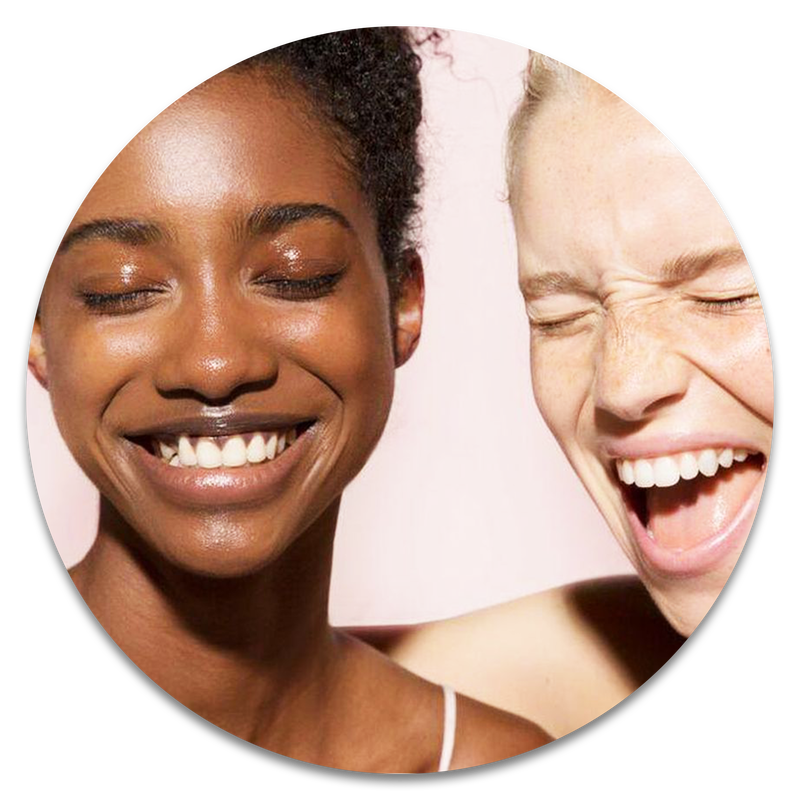
GLOSSIER
According to Emily Weiss, Glossier’s founder and CEO, “Inclusivity is really our number one value.. we want to inspire, but we also want to be realistic and show beauty in real life.” The brand’s newest ad campaign elegantly shows an inclusive range of women’s bodies as they are in real life.
By showcasing several women with different body types who work in a variety of professional fields, the brand makes its message clear: anyone can have glowing, dazzling skin! Their slogan, “Skin first. Makeup second.” illustrates clearly the brand positioning.

JOHN LEWIS
From their ethnically and racially diverse festive ad offerings (which end up becoming viral cultural phenomenons!) to their inclusive in-house practices, John Lewis has continued to celebrate diversity in creative ways.
“We positively celebrate diversity. That’s what makes you, you. It’s why we find discrimination intolerable and why we embrace individual talents regardless of age, gender, sex, ethnicity, disability, sexuality, social background, religion and/or belief as we understand that it’s our personality, values, beliefs and attitudes that are at the centre of who we are.”

MCCAIN
In McCain’s recent “Here’s to love” advert, an extension of their widely successful “We are Family” campaign, the narration punctuates vignettes of people, including mixed-race couples, ethnic couples, gay couples and disabled couples.
According to Mark Hodge, marketing director at McCain Foods, “… it is important that as a big brand we’re there to champion and celebrate diversity in this nation. The world is changing and I think as a brand rather than resist it we should embrace and celebrate it”.
In celebrating diversity, the McCain has seen a 10% increase in brand meaning and brand perception, plus a 14% increase in brand difference.
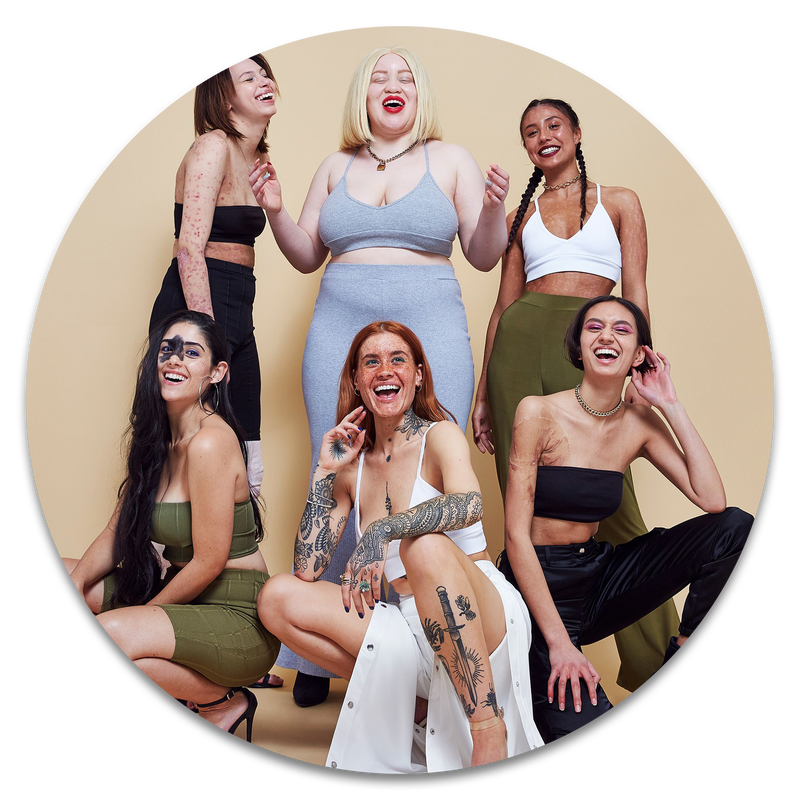
MISSGUIDED
Fashion brand Missguided’s latest campaign #InYourOwnSkin follows a string of empowering and transgressive messages perpetuated by the label, from body positivity to diversity.
Missguided has also unveiled a diverse range of mannequins being displayed in stores in an effort to be more representative of all women. The new collection of mannequins includes female figures of different ethnicities, in addition to highlighting skin conditions such as stretch marks and vitiligo.
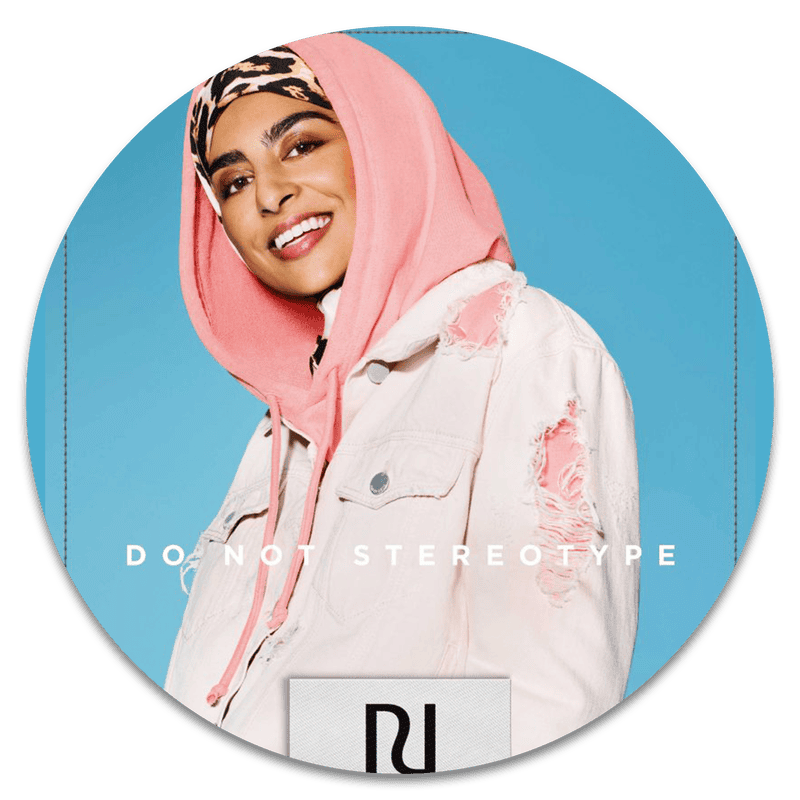
RIVER ISLAND
‘Do not Stereotype’ is the tag line of River Island’s important new campaign which states that labels are for clothes not people. Zara Sheriff, a British born Muslim woman with Pakistani heritage, who wears a hijab in the campaign, a first for the brand, represents more than hijab fashion or modest clothing.
According to the brand, “This spring we celebrate 30 years of River Island with an exciting people positive campaign. Bringing together a diverse cast as the faces and voices of RI, we explore identity and reject the idea of labelling.”
“My parents are from Pakistan. In the beginning, it was an identity crisis, I didn’t want to be from there. Then it was like, yes this is where I am culturally from, and I love that, but I am British.” The shot of Zara used in the Britain-wide campaign urges: “Do not stereotype. Do mix cultures. Treat with respect.”
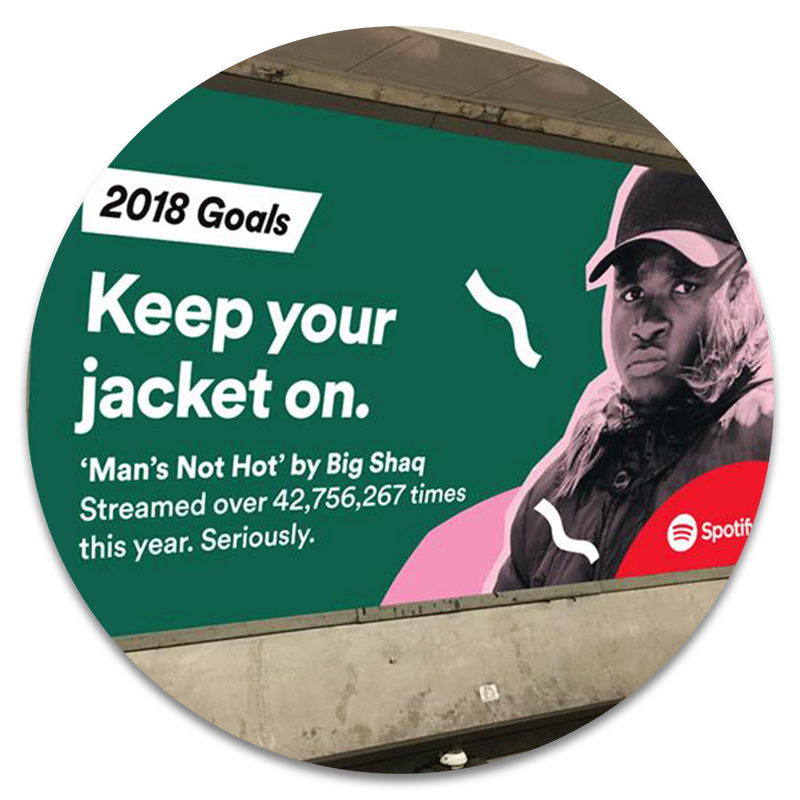
SPOTIFY
Spotify has recently started pushing for a more musically diverse landscape. Likening music from various countries around the world to cuisines, the streaming titan announced in a post on its official blog that it’ll push music from different parts of the world further to the forefront through the Global Cultures Initiative. This is a network of “several expertly curated playlists, some of which feature top songs, both old and new, from diasporic communities around the world”.
According to it’s recent statistics, half of the ‘Top-streamed artists of all time’ on Spotify are people of colour with Drake topping the charts.
